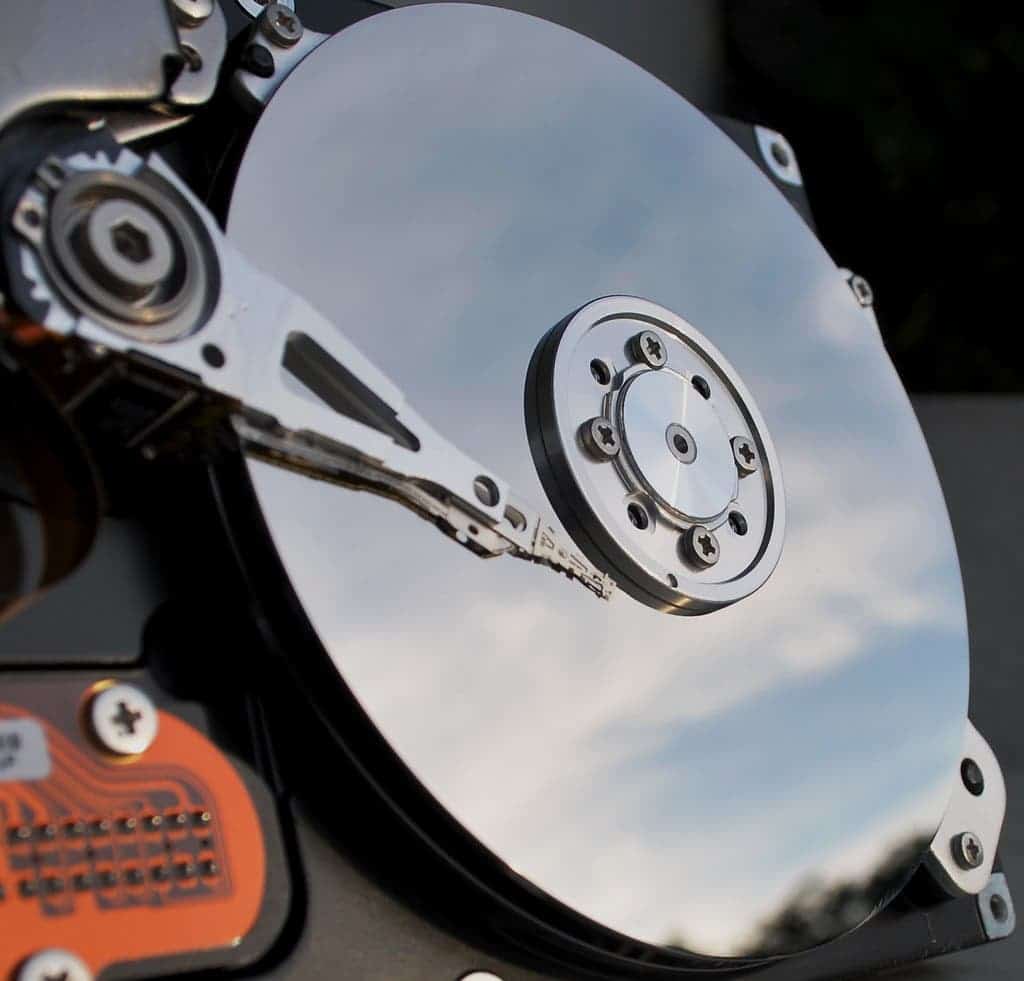A paper published by researchers at the Cambridge Graphene Center, in collaboration with an international team, might change the way your PC stores data forever — or, at least, for a while!

Are you looking for a storage upgrade on your device? Thinking of trading ye olde hard disk drive (HDD) for the sleeker, cooler, faster, solid-state drive (SSD)? I can completely empathize. But fear not! The HDD is getting an upgrade in graphene form, according to a new paper, which should increase the amount of data they can store tenfold (compared to currently available technology).
The study was carried out in collaboration with researchers at the University of Exeter, India, Switzerland, Singapore, and the US.
Hard graphene drive
“Demonstrating that graphene can serve as a protective coating for conventional hard disk drives and that it is able to withstand HAMR conditions is a very important result. This will further push the development of novel high areal density hard disk drives,” said Dr. Anna Ott from the Cambridge Graphene Center, one of the co-authors of this study.
HDDs were first introduced in the 1950s, but they wouldn’t have a meaningful impact on personal computers until the 1980s, mostly due to cost and complexity of manufacture. Since then, however, they have been a game-changer: HDDs can store much more data in a smaller package than any medium before them. In later years, SSDs have become the more popular choice for mobile devices due to their greater speed and more compact size, but HDDs still offer greater data density at a low cost, and are still the preferred choice of storage medium for desktop computers.
There are two main components that make up an HDD: the platters, and a head, mounted on a mobile arm. Data is stored on the platters, written there by the magnetic head as the platters spin rapidly. The head is also what reads data off the platters. The sound you can maybe hear coming from your PC as it tries to access something in its memory are these parts in motion inside the HDD. More modern drives leave less and less room between these parts, in order to save on space.
Still, a key part of the HDD’s design is to keep the platters from being damaged, either from mechanical shock or chemical corrosion. Our current way of doing this — carbon-based overcoats (the unfortunately shortened ‘COCs’) — occupy very little space. Today they’re around 3nm thick, but they used to be 12.5nm thick or more in the 1990s. This thinning of the COCs has helped increase the HDDs’ overall data density to about one terabyte per square inch of platter. The new graphene coatings could increase this extra storage space tenfold.
The team replaced commercial-grade COCs with between one to four layers of graphene, and then tested their resilience against friction, wear, corrosion, as well as their thermal stability and compatibility with current lubricants. Apart from being much thinner, these layers fulfil the same job as current COC materials, the team explains, having ideal properties in all the analyzed categories. They’re actually better at corrosion resistance and two times better at friction reduction than our best COC options right now.
Additionally, the graphene layers were compatible with Heat-Assisted Magnetic Recording (HAMR), a technique that allows more data to be stored on the HDD by heating up the platter. Current COC materials do not perform well at these high temperatures, the authors add.
An iron-platinum platter was used for the study. The team estimates that such a disk, coupled with the graphene coatings and HAMR technology could lead to potential data densities of over 10 terabytes per square inch of platter.
“This work showcases the excellent mechanical, corrosion and wear resistance properties of graphene for ultra-high storage density magnetic media. Considering that in 2020, around 1 billion terabytes of fresh HDD storage was produced, these results indicate a route for mass application of graphene in cutting-edge technologies,” says Professor Andrea C. Ferrari, Director of the Cambridge Graphene Center, and co-author of the study.
The paper “Graphene overcoats for ultra-high storage density magnetic media” has been published in the journal Nature Communications.


